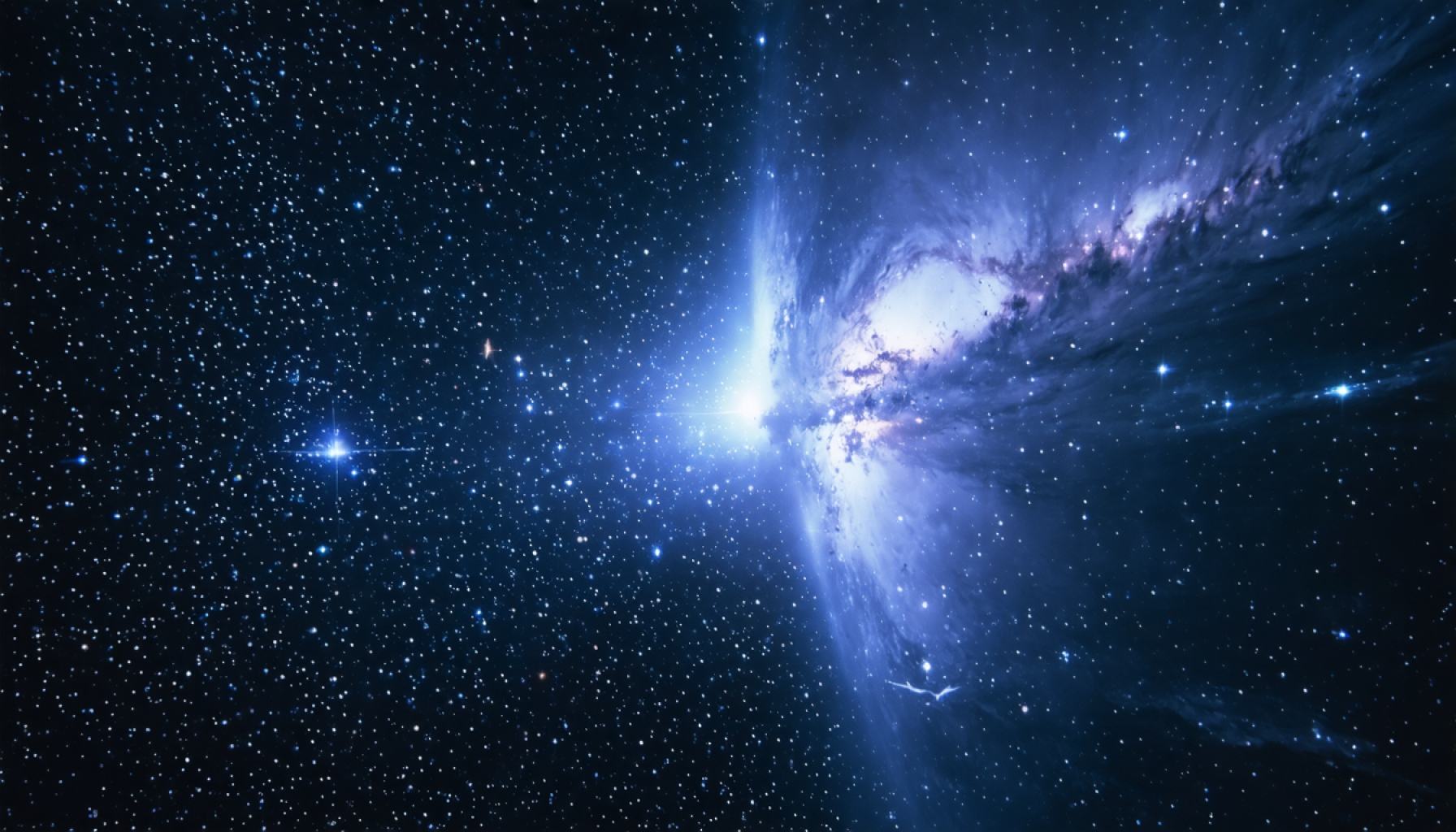- The night sky is endangered due to the increasing number of satellite launches, impacting its natural beauty and causing light pollution.
- Satellites reflect sunlight, disrupting astronomical observations and contributing to the loss of dark skies necessary for both science and culture.
- Astronomers face challenges as moving satellites and radio signals interfere with scientific data collection.
- This issue impacts cultural traditions and ecological habitats, particularly affecting Indigenous stargazing practices and migratory birds.
- The conflict between modern connectivity needs and preserving dark skies highlights the need for a balance between technological advancement and environmental responsibility.
- Efforts are underway to elevate the “dark and quiet skies” initiative to address these concerns and protect the celestial environment for future generations.
Amidst the bustling rotunda of the High North Dialogue conference in Bodø, Northern Norway, a somber tone found its voice through Dr. Michael Byers. A professor at the University of British Columbia and co-director of the Outer Space Institute, Byers paints a challenging picture: the night sky, our timeless tapestry of stars and constellations, is in peril.
As satellite launches surge, the serene canvas above threatens to become a cluttered stage, with twinkling stars marred by crisscrossing trails of man-made satellites. These cosmic interlopers are altering the celestial experience, causing a phenomenon known as light pollution—the inadvertent brightening of the night sky by artificial light sources, extending the realm of pollutants beyond Earth’s boundaries and into space.
In our pursuit of technological advancement, people risk eroding a vital part of our environmental and cultural heritage. Satellites, largely solar-powered, reflect sunlight back to Earth during nighttime hours. For astronomers, these reflections aren’t just nuisances; they disrupt scientific observations. The unregulated spread of light pollution is stealing our natural connection to the universe and making it increasingly difficult to find spots where the skies are truly dark and quiet. These skies are essential habitats for migratory birds and hold profound cultural value, particularly to Indigenous communities whose stargazing traditions are under threat.
Yet, this challenge extends far beyond aesthetic loss. Astronomers, who work tirelessly to unlock cosmic mysteries, face significant obstacles: moving satellites streak their telescopic images, and radio signals from these objects drown out valuable data. Vast financial investments in astronomical observatories now teeter on the brink, as this relatively small yet invasive space industry impinges on decades of public scientific endeavors.
In a world where cosmic observations are at odds with the demands of modern connectivity, where should society draw the line? Our devices hum with data, facilitating everything from weather forecasting to navigation. Despite this, Byers and fellow cosmologists insist on pushing back, advancing the pressing issue of “dark and quiet skies” onto the international stage.
The situation underscores a pivotal message: as humanity extends its grasp skyward, it must not forsake the foundational balance between technological progress and environmental stewardship. Recognizing this need is crucial to ensuring that the starry skies, which have guided us for millennia, remain a shared legacy for future generations.
The True Cost of Progress: How Satellite Proliferation Threatens Our Night Skies
The Threat of Satellite-Induced Light Pollution
The rise in satellite launches, driven by demand for global internet coverage and real-time data services, has introduced a new dimension to light pollution. Light pollution traditionally stems from urban areas where artificial lighting disrupts natural darkness. However, with thousands of satellites orbiting Earth, this issue now includes reflections from these objects, transforming our night skies into tangled webs of light.
Real-World Use Cases and Industry Trends
1. Astronomy Impact: Astronomers depend on dark skies for precise observations. The streaks across celestial captures caused by satellites complicate data analysis and may even necessitate algorithmic corrections that aren’t always accurate.
2. Space Congestion: According to the European Space Agency, there are over 2,500 active satellites in space today. Companies like SpaceX, with its Starlink constellation, aim to deploy tens of thousands more, contributing to space congestion that raises the risk of collisions and increases light pollution.
3. Regulation Lag: The rapid pace of satellite launches has outstripped regulatory measures, putting strain on existing frameworks. The UN’s Committee on the Peaceful Uses of Outer Space (COPUOS) is working on guidelines, yet enforcement and compliance remain challenges.
Controversies & Limitations
1. Interference with Cultural Practices: For Indigenous communities, celestial observations form an integral part of cultural heritage and navigation. The obstruction caused by satellites is seen as a violation of their rights to cultural practices.
2. Environmental Concerns: Beyond light pollution, the issue of space debris or space junk is a concern. Decommissioned satellites and fragments from collisions pose threats to manned missions and functional satellites.
Insights & Predictions
– Innovation in Materials: Companies are researching non-reflective materials to coat satellites, reducing their visibility from earth.
– Skylight Tourism: The growing scarcity of dark skies may increase demand for dark sky reserves and could boost tourism centered around stargazing in remote areas.
– Collaborative Solutions: International bodies are promoting collaborative efforts between governments and private space companies to address these issues.
Actionable Recommendations
– Policy Advocacy: Support international bodies working to establish regulations restricting satellite brightness.
– Community Engagement: Encourage local communities to participate in global initiatives like Globe at Night to raise awareness about light pollution.
– Sustainable Technology: Advocate for investments in satellite technology that minimizes their environmental footprint, including de-orbit plans for expired satellites.
Quick Tips
1. Get Involved: Join local astronomy clubs to advocate for dark sky regions.
2. Stay Informed: Follow developments by organizations like the International Dark-Sky Association.
3. Promote Awareness: Share information on social media to spread awareness about the impact of satellite overpopulation.
For further information, you can learn more about the implications of satellite proliferation at the IEEE’s website: IEEE.
